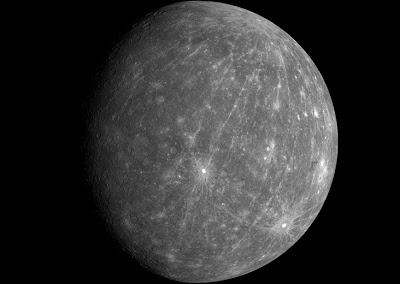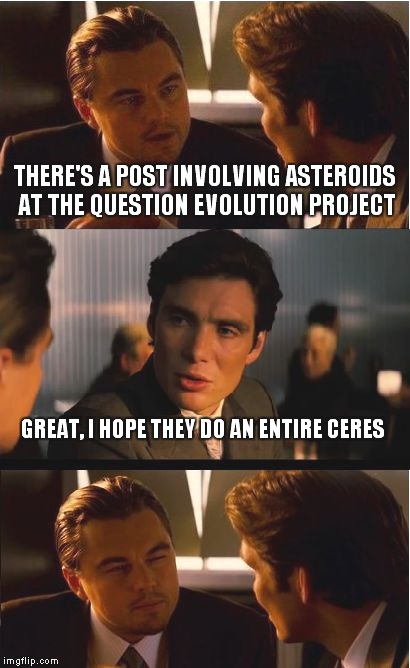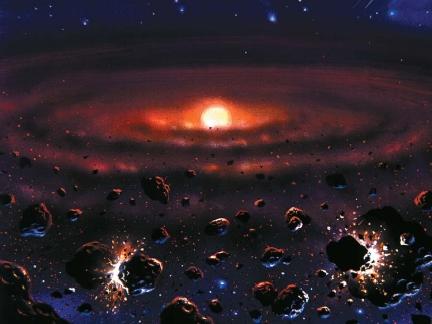Planet Mercury Confirms More Creationist Predictions

Artist's conception of "Messenger" approaching Mercury — NASA Screen shot of typical atheistic "logic" in action: Red herring, abusive ad hominem and outright lie (disproved in this article, among others). Dr. D. Russell Humphreys made successful predictions about Mercury as well as Uranus and Neptune . It turns out that he was recently proved right with another prediction about Mercury. His starting point? The Bible. NASA’s MESSENGER spacecraft is continuing to produce surprising new evidence that Mercury’s magnetic field is as young as the Bible says. Since March 2011 the spacecraft has been in a near-polar orbit around Mercury. By now it has orbited the planet nearly a thousand times, repeatedly passing over the entire surface. Swooping low over the northern volcanic plains, the spacecraft discovered that the planet’s outer crust in that region is strongly magnetized. The strongest magnetization coincides with a broad topographic rise near...












.jpg)
.jpg)

